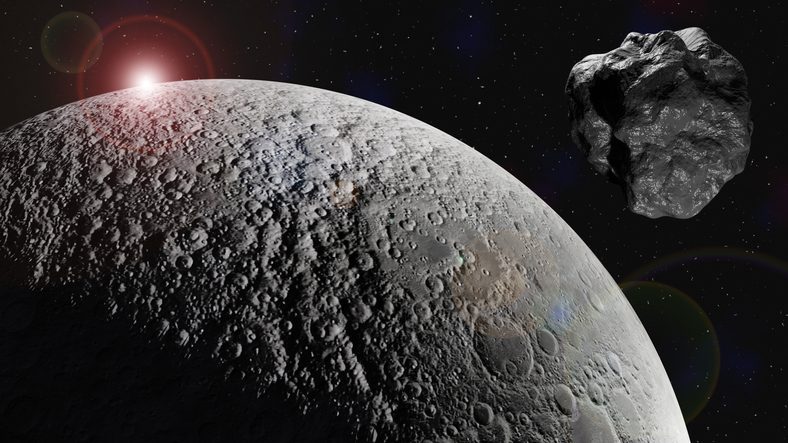Sun is the ultimate source of energy. It influences planets, moons, and other celestial bodies in the solar system. Scientists have now claimed to discover evidence of how the Sun affects Earth’s lone Moon. They said that solar radiation drives changes in the tiny iron nanoparticles. They said that it could be a major source for these nanoparticles than previously estimated. They said that asteroid impacts and solar radiation have effects on the moon. The changes are unique in many ways because it has no magnetic field and atmosphere. A protective magnetic field and atmosphere are vital to shield life from harmful solar radiation just like Earth.
The study said that lunar rocks and soil break down from asteroids and solar radiation. This breakdown forms iron nanoparticles. These particles can only be detected with the powerful satellites’ instruments that orbit the moon. Scientists said that they used data from NASA and JAXA spacecraft. They studied how quickly these nanoparticles are formed. The findings were contrary to past assumptions. Scientists previously believed that solar wind has less impact on the surface. But the latest study said that solar radiation could be among the important processes behind the tiny iron nanoparticles. They explained that these nanoparticles absorb a lot of light and this is why it is difficult to observe these particles from a long distance.
Scientists said that these tiny iron nanoparticles are an indicator of changes. The study mentioned that smaller iron nanoparticles form at the same speed as the solar radiation damage in Moon samples were brought during the Apollo missions. It is an indication that Sun plays a strong and active role in these nanoparticles’ formation on Moon. The changes are darkening the surface. Besides, it can also make water usable during future missions. Understanding the solar-driven changes could be crucial as NASA plans to land astronauts on Moon. Under the Artemis program, two astronauts land on Moon in 2024. They will conduct science experiments for nearly seven days. This will be the first crewed mission to Moon in nearly more than five decades.
